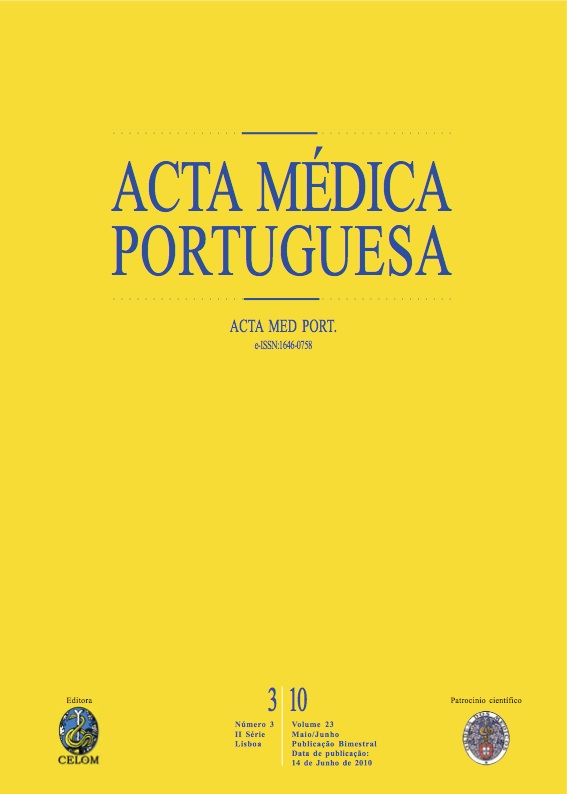A memória e o impacto do trauma numa perspectiva desenvolvimental.
DOI:
https://doi.org/10.20344/amp.636Resumo
The purpose of this article is to review the main neuroanatomic structures and the neurotransmission process involved at memory. Memory is dynamic based on the reunion of aspects of neuronal activation, in a process based on the individual experiences. It will be described the importance of limbic regions and their interaction during processing, codification and consolidation of a memory - each one related with neuronal rebuild. Further the authors describe the memory types known (explicit and implicit memories); the characteristics and their progress during normal development. It will be addressed other issues like child amnesia, retrieval and trauma. Forgetting is one of the essential features at explicit memory. Many studies describe a U inverted effect at memories with emotional value. Events with moderate or elevated emotional intensity are printed as important (by limbic structures like amygdala and orbito-frontal cortex) being more easily recorded. If the experience is very intense the explicit memory codification processing at hippocampus will be inhibited and as a consequence also does the retrieval. Meanwhile the implicit memory will remain and may constitute pathologic memories. The psychological trauma blocks the explicit memory processing which will jeopardize the cortical consolidation of the traumatic experience. Focus on trauma an important question is memory precision and the impact of trauma, on a neurophysiologic and psychopathologic way. Trauma and stress aren't inoffensive because their presence will induce pathological neuronal rebuilding (myelination, synapse formation, neurogenesis) at main memory structures like amygdala or hippocampus. When the nature of the changes is irreversible the explicit memory processing, learning and Psychiatry syndromes may arouse, for example: Mood and Anxiety disorders (including Posttraumatic Stress Disorder); Personality Disorders; Dissociative disorders; Psychosis.Downloads
Downloads
Como Citar
Edição
Secção
Licença
Todos os artigos publicados na AMP são de acesso aberto e cumprem os requisitos das agências de financiamento ou instituições académicas. Relativamente à utilização por terceiros a AMP rege-se pelos termos da licença Creative Commons ‘Atribuição – Uso Não-Comercial – (CC-BY-NC)’.
É da responsabilidade do autor obter permissão para reproduzir figuras, tabelas, etc., de outras publicações. Após a aceitação de um artigo, os autores serão convidados a preencher uma “Declaração de Responsabilidade Autoral e Partilha de Direitos de Autor “(http://www.actamedicaportuguesa.com/info/AMP-NormasPublicacao.pdf) e a “Declaração de Potenciais Conflitos de Interesse” (http://www.icmje.org/conflicts-of-interest) do ICMJE. Será enviado um e-mail ao autor correspondente, confirmando a receção do manuscrito.
Após a publicação, os autores ficam autorizados a disponibilizar os seus artigos em repositórios das suas instituições de origem, desde que mencionem sempre onde foram publicados e de acordo com a licença Creative Commons









